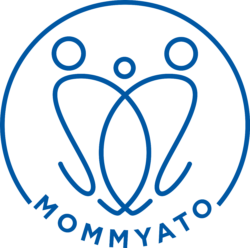30 Nov HIV: Mother to Baby Transmission during Pregnancy and After Birth
Mother-to-baby HIV transmission disproportionally affects black/African American people. In 2019, 61% of new mother-to-baby HIV diagnoses were black/African American.²
What is Mother-to-Baby HIV Transmission?
Hey Mama! December 1 is World Aids Day and a time to bring awareness to HIV transmission from mother to baby. There is so much to plan and prepare for when you are thinking about becoming pregnant for the first time or growing your family. No matter your circumstances, it’s always best practice to get tested for HIV (and other sexually transmitted infections) before you conceive.
No mother intentionally transmits HIV (Human Immunodeficiency Viruses) to her baby. It happens most often when a mother is unaware of her HIV status. She does not know that she has HIV and then becomes pregnant, transmitting the virus to her baby through pregnancy, childbirth, or breastfeeding. This mother-to-baby transmission is called perinatal transmission of HIV.¹
Knowing your HIV status before conception (getting pregnant) is especially important for diseases like HIV. This is because HIV cannot be cured, but simply managed.
How is HIV transmitted from mother-to-baby?
During pregnancy, a mother infected with HIV can pass the virus to her baby through the placenta. Transmission can also happen during labor and delivery (childbirth) because the baby is exposed to the mother’s blood and other body fluids (amniotic fluid/waters) during delivery.
Postpartum HIV transmission happens most often when a baby is fed breast milk from an infected mother.
The sooner a woman knows her HIV status the better. This way, you can begin taking antiretroviral medicines before conception. This will reduce your viral load (the amount of HIV virus in the blood) and in turn, reduce the rate of transmission to your baby during pregnancy and childbirth.
Most antiretroviral drugs are safe during pregnancy and don’t cause birth defects. But, you’ll want to discuss this in detail with your provider, who can help you weigh the risks and benefits.
Antiretroviral drug therapy can reduce the viral load to the point that it is undetectable by viral load testing. But, this doesn’t mean that the virus is gone. It is just undetectable.
Your provider will still likely recommend a cesarean birth to further reduce the risk of transmission to your baby. And if you live in a country with quality, accessible formula, it will be recommended that you formula feed your baby too.¹
Postpartum HIV Treatment for You and Your Baby
After birth, your baby will likely be prescribed antiretroviral medicines as well. And s/he will be tested for HIV multiple times until about 6 months old. Usually this happens at 14-21 days after birth, 1-2 months, and 4-6 months. You should also continue taking your antiretroviral medicines as prescribed.
As a woman, having an HIV diagnosis is not a devastating end to your ability to live a full, healthy life and become a mother.
The best path to managing the disease and reducing the risk of transmission to your baby is through early detection (testing) and treatment. Through early detection, you can take medicines to reduce your viral load to a very low amount so the transmission risk to your baby is also very low.¹ Read more about managing chronic conditions in Mommyato.
What are your next steps? Find a provider who you feel safe and comfortable with, someone who can support your medical needs, as well as your emotional needs. Be sure to follow your provider’s recommendations for cesarean birth and formula feeding. Seek out support from friends and family and from other mothers who are facing the same challenges. This extra support will arm you with the strength, courage, and resiliency you need to navigate new motherhood!
REFERENCES:
- National Institute of Health. August 2021. Preventing perinatal transmission of HIV. https://hivinfo.nih.gov/understanding-hiv/fact-sheets/preventing-perinatal-transmission-hiv
- Centers for Disease Control. September 2022. HIV and perinatal transmission: the numbers. https://www.cdc.gov/hiv/group/pregnant-people/numbers.html



